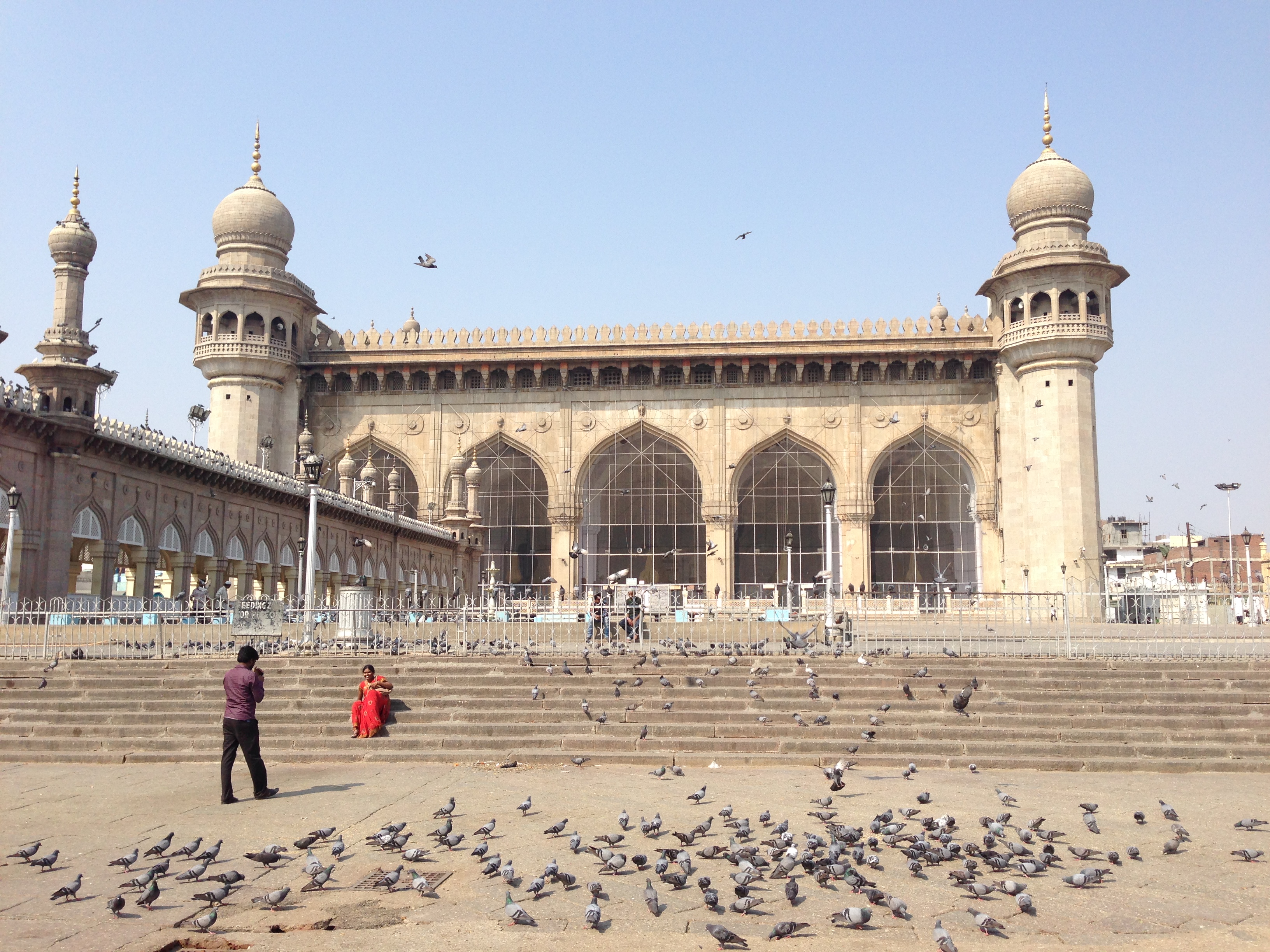HYDERABAD: In a move that will almost double the salaries of Telangana
employees, the state government announced implementation of the pay hike
recommended by the pay revision commission (PRC) with a fitment of 43%.
Chief minister K Chandrasekhar Rao said at a press conference on Thursday that the pay panel, headed by special chief secretary to the government K Pradeep Chandra, was the first PRC of Telangana.
"Ours is an employee-friendly government. We have recognised the employees' role in realisation of statehood. The notification of the implementation of pay hike will be issued on Friday which is regarded as goddess Lakshmi's day," said the chief minister.
The pay hike, which results in an additional burden of Rs 6,500 crore to the exchequer, will be implemented with retrospective effect from June 2, 2014 - the day Telangana was formed. The chief minister said that the arrears would be deposited in the employees' general provident fund (GPF) account which fetches 8.5% interest. The revised salaries will reach the employees beginning this March.
The announcement led to jubilation in the Secretariat and employees celebrated by bursting fire crackers. Over 3.5 lakh government staff will enjoy the benefit.
"We thank the chief minister for the PRC implementation. We know this would a burden on the exchequer. We assure that the employees will work hard to enhance revenue for the government," chairman of Telangana Non-Gazetted Officers' (TNGO) Association, S Devi Prasad Rao, said.
While the 10th PRC headed by PK Agarwal had recommended 29% fitment in its report submitted in July 2013, Telangana employees demanded 69% and a minimum monthly wage of Rs 15,000.
The government constituted the Pradeep Chandra committee to look into the demands of employees. After several rounds of consultations with representatives of various employee associations including TNGO and Telangana Gazetted Officers' Association (TGO), the committee recommended the pay hike formula.
The chief minister said that he hurried to announce the new pay since a notification was expected any moment for the state legislative council elections due in March. Once the notification is issued, the government could not have implemented the hike since the poll code will not allow it.
While there is no mention about the demand of the minimum wage of Rs 15,000, the CM said that the PRC would look into pending anomalies in the salary structure. "We hope that this issue would be addressed by the panel and employees will get their due," said chairman of commercial tax employees' joint action committee, T Vivek.
Chief minister K Chandrasekhar Rao said at a press conference on Thursday that the pay panel, headed by special chief secretary to the government K Pradeep Chandra, was the first PRC of Telangana.
"Ours is an employee-friendly government. We have recognised the employees' role in realisation of statehood. The notification of the implementation of pay hike will be issued on Friday which is regarded as goddess Lakshmi's day," said the chief minister.
The pay hike, which results in an additional burden of Rs 6,500 crore to the exchequer, will be implemented with retrospective effect from June 2, 2014 - the day Telangana was formed. The chief minister said that the arrears would be deposited in the employees' general provident fund (GPF) account which fetches 8.5% interest. The revised salaries will reach the employees beginning this March.
The announcement led to jubilation in the Secretariat and employees celebrated by bursting fire crackers. Over 3.5 lakh government staff will enjoy the benefit.
"We thank the chief minister for the PRC implementation. We know this would a burden on the exchequer. We assure that the employees will work hard to enhance revenue for the government," chairman of Telangana Non-Gazetted Officers' (TNGO) Association, S Devi Prasad Rao, said.
While the 10th PRC headed by PK Agarwal had recommended 29% fitment in its report submitted in July 2013, Telangana employees demanded 69% and a minimum monthly wage of Rs 15,000.
The government constituted the Pradeep Chandra committee to look into the demands of employees. After several rounds of consultations with representatives of various employee associations including TNGO and Telangana Gazetted Officers' Association (TGO), the committee recommended the pay hike formula.
The chief minister said that he hurried to announce the new pay since a notification was expected any moment for the state legislative council elections due in March. Once the notification is issued, the government could not have implemented the hike since the poll code will not allow it.
While there is no mention about the demand of the minimum wage of Rs 15,000, the CM said that the PRC would look into pending anomalies in the salary structure. "We hope that this issue would be addressed by the panel and employees will get their due," said chairman of commercial tax employees' joint action committee, T Vivek.
Stay updated on the go with Times of India News App. Click here to download it for your device.


